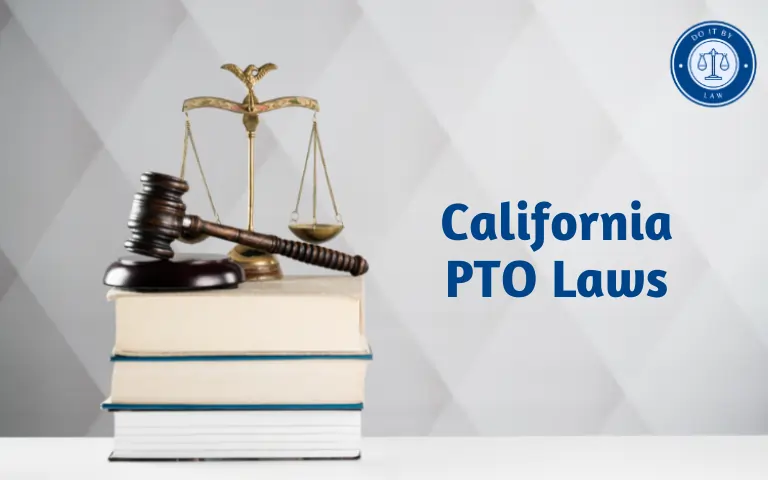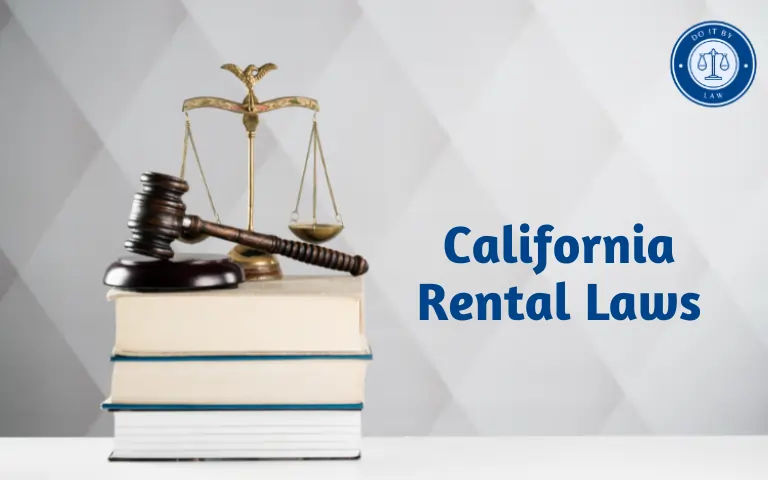California Harassment Law: What You Need to Know
California State has comprehensive laws prohibiting workplace harassment and discrimination based on protected characteristics like race, gender, sexual orientation, disability status, and more. This article outlines key details of California Harassment Law, including its history, scope, recent changes, and more.
Background of California Workplace Harassment Laws
California’s workplace anti-harassment protections stem from the California Fair Employment and Housing Act (FEHA) first enacted in 1959. This landmark civil rights law banned employment discrimination and created enforcement mechanisms. Over decades, the law expanded to bar harassment in housing, public spaces, and educational institutions as well. Multiple amendments particularly strengthened protections against sexual harassment. Recent laws also target abusive conduct lacking a protected class basis.
Who Does California Harassment Law Apply To?
California harassment laws protect all employees, unpaid interns, volunteers, and job applicants. Protections extend to workplaces large and small, both public and private sectors. Anti-harassment rules govern the conduct of supervisors/managers and co-workers. Many laws also cover tenants, students, customers, and others. Employers must safeguard workers from unlawful harassment by third parties. Independent contractors have limited protections compared to employees under FEHA.
Key Provisions of California Harassment Law
California prohibits workplace harassment based on:
- Race, color
- Gender, sex stereotyping
- Sexual orientation, gender identity
- Marital status
- Religion
- Disability, medical condition
- Age (40+)
- Military/veteran status
Both quid pro quo and hostile environment harassment violate CA laws when targeting protected classes. Additionally, abusive conduct lacking a protected basis is barred under the California Healthy Workplaces Act of 2014. Key forms of unlawful workplace harassment under CA include:
Sexual Harassment
Unwelcome sexual advances, requests for favors, physical gestures, or comments constitute sexual harassment when:
- Conditioning employment on sexual acts (quid pro quo)
- Creating an intimidating/offensive work environment (hostile)
- Interfering with work performance
Racial & Religious Harassment
Offensive slurs, jokes, stereotypes, or derogatory comments about protected groups create a hostile climate. Displaying racist/bigoted symbols or religious intolerance also violates the law.
Disability Harassment
Mocking disabled individuals or questioning work capabilities due to disability, real/perceived constitutes disability harassment.
General Bullying & Abusive Conduct
While lacking a protected basis, repeated mistreatment, insults, exclusion, and intimidation may qualify as unlawful abusive conduct per the California Healthy Workplaces Act.
Employer Responsibilities
All California employers must:
- Maintain comprehensive anti-harassment policies
- Train supervisors/managers on harassment laws every 2 years
- Route harassment complaints to the proper channels
- Investigate harassment claims promptly, and fairly
- Take immediate/appropriate corrective action
California Harassment Law Penalties & Damages
Employees facing harassment can sue for:
- Economic damages – lost wages, benefits
- Non-economic damages – emotional distress
- Punitive damages – severe cases
- Attorney’s fees
Businesses tolerating harassment face:
- Litigation costs
- Settlements & judgments
- Reputational harm
Government fines of up to $16,000 per violation may apply for lack of harassment prevention policies, training, following complaint procedures, etc.
Recent Changes & Proposed Reforms to California Harassment Law
California frequently enhances harassment laws. Notable recent changes include:
SB 1300 (2018)
- Stricter rules against workplace harassment settlements silencing victims
- Broader liability for employers, individual harassers, directors/investors
- Lower legal standards for harassment trial claims
AB 9 (2019)
- Extended harassment protections to unpaid interns, volunteers
- Required small employer (5+ employees) harassment training
SB 778 (2021)
- Expanded workplace protections against discrimination/harassment by employers for cannabis usage outside work
AB 2183 (2022)
- Bans mandatory arbitration agreements covering harassment claims
SB 1161 (2022)
- Doubles state agency fines for lack of harassment prevention requirements
Several pending proposals seek to further widen protections, like:
- Removing small business exemptions from harassment rules
- Requiring annual vs. biennial harassment training
- Extending liability along supply chains
Key Controversies Around California Harassment Law
California’s expansive harassment laws draw both praise and criticism. Key debates center on:
Employer Liability
Increased avenues to hold employers accountable for harassment incidents spark concerns over fair standards. Supporters argue strict rules incentivize prevention.
Litigation Risks
Lower legal benchmarks enable more lawsuits to receive backlash for spurring frivolous claims. Advocates view robust protections as furthering anti-bias goals.
Settlement Non-disclosure Agreements
Banning secret harassment settlements faces opposition for impeding resolution. Supporters contend transparency deters repeat offenses.
Small Business Exemptions
Exempting the smallest firms from regulations like mandatory training gets portrayed as condoning harassment. Critics cite disproportionate compliance burdens on small employers.
Remote Work
Pandemic-era shifts to remote work create ambiguities around harassment law applications. Clear guidance is sought as hybrid arrangements persist.
Conclusion & Key Takeaways
California harassment legislation establishes expansive employee protections and employer responsibilities to prevent discrimination, retaliation, and abusive mistreatment. Understanding the extensive regulations in the nation’s largest state economy takes on increased importance with rising litigation risks and enforcement. Employers must ensure robust anti-harassment policies, complaint processes, mandated training, and documentation, plus individual accountability. Meanwhile, employees should recognize conduct crossing legal lines and use official channels to report issues without fear of retaliation.
References
- California Legislative Information. “Fair Employment and Housing Act [Gov. Code, § 12900 – 12996]”
- California Department of Fair Employment and Housing. “Harassment”
- State of California. “Sexual Harassment Prevention Training Requirements”
- U.S. Equal Employment Opportunity Commission. “Harassment”
Step-by-Step Guide on Reporting Workplace California Harassment Law
Facing workplace harassment in California? Don’t stay silent. Follow this step-by-step guide to effectively report issues and make your voice heard:
Step 1: Speak Up
If comfortable, directly tell the harasser their actions are unacceptable and must cease. State you do not welcome the behavior. Document details.
Step 2: Review Company Policy
Read your employer’s anti-harassment policy so you understand designated complaint procedures. These likely include reporting to a manager, HR, and ethics hotline.
Step 3: File a Written Complaint
Submit a written complaint following your employer’s harassment reporting guidelines. Thoroughly chronicle all offending behavior with dates, times, and witnesses. Keep a copy.
Step 4: Cooperate With Investigation
If an investigation occurs, fully cooperate with the process. Honestly answer questions and provide evidence (texts, emails, photos, etc) to back claims. Follow up on outcome.
Step 5: Escalate Issues
If the harassment continues despite reporting, or you experience retaliation, rapidly notify the EEO office, senior management, and ownership to prompt further action.
Step 6: Seek Outside Help
If internal processes fail, contact state/federal enforcement agencies such as California’s DFEH or the EEOC to explore filing formal harassment charges for investigation.







